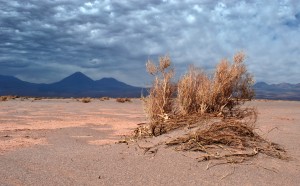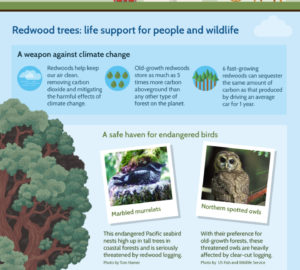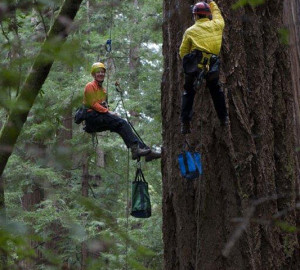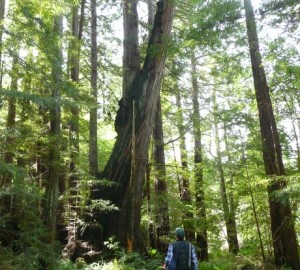During my years teaching and taking students out into nature, the question that always crossed my mind was, “What can we learn from this forest ecosystem?”
Some of us learn to identify plants, trees and birds. Others learn the art of drawing, painting or photography. And still others learn about peace, calmness, and spirituality. For some, the forest is their inspiration for the latest technological advancement. In the natural world there is no waste, and we can learn from the ultimate recycling center how to better our own processes. And hence we enter the world of biomimicry. Biomimicry is the idea of learning from nature and natural processes to create new products or policies.

One example of biomimicry connects redwood trees to the deserts of Chile. One of the most amazing aspects of redwood forests, from both an aesthetic and a scientific viewpoint, is their use of fog. It is well known that redwood needles capture fog providing water to the tree and forest understory during the months when there is limited rainfall. This unique adaptation could be the inspiration for a technology which brings much- needed water to one of the driest areas on the planet – Chile’s Atacama Desert.
The Atacama Desert is along the coast of Northern Chile with an average rainfall of .5 inches per year. Although it receives very little rainfall, there are areas in the desert that have marine fog. In 2001, a Canadian nonprofit organization called FogQuest, set up mesh nets, “Fog Catchers,” in an area of the desert called Falda Verde. The fog turns into droplets on the mesh and rolls down into pipes and then into water collection tanks; just like in redwood forests. Locals use the water in agriculture and as drinking water. The nets currently collect about 264 gallons of water a day from fog.
These “fog catchers” are also set up in Peru, Guatemala, Ethiopia, Nepal, and Morocco.
I wonder what our redwood forests will inspire next…
To learn more about FogQuest, visit their website.




